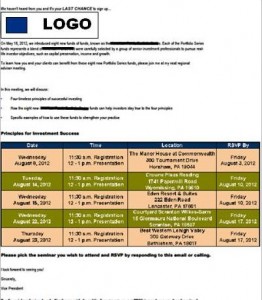Their eyes meet across a crowded room. Drawing together, they begin a conversation and discover that they have much in common – core values, personality, life goals. They make plans to meet again, filled with wonder at how the hand of fate has seemingly led them to find each other.
Who are these two souls? Marketing and Change Management. Two disciplines that aren’t typically thought of together, but which are in fact very similar in their goals and objectives and who powerfully complement each other when combined. At their cores, marketing and change management are about influencing behaviors and attitudes of a target audience to move it in a desired direction. For marketers, that direction is purchase; for change management practitioners, that direction is adoption of new processes or technologies. The terms change, but the concept is the same: persuade individuals to move from their current state to a desired future state.
There are two ways you can get people to do what you want them to do: force them or persuade them. Needless to say, while there have been times in history when force has been coldly effective, companies in the free world today have to rely on persuasion. This means that they not only need to have a clear picture of where they want their audience to go, but to do this they also need to have a strong understanding of the attitudes and motivations of the audience. This is true whether your audience consists of internal users of a new technology or prospective customers of your product or services.
Whatever the audience and whatever the desired action, marketers and change managers therefore need to begin by making sure they can answer the following six questions:
- What audience need is addressed by the solution?
- What is the audience’s current way of addressing that need?
- Will the audience immediately understand the benefits of the solution?
- Will the audience need guidance on how to implement the solution?
- How does the audience typically consume information that relates to this solution?
- For any of the questions above, are there any significant segments of the audience for whom the answer would be different?
When marketing strategies and change management initiatives aren’t supported by answers to these questions, they fail. The failure might be immediate, or it may be longer term, but ultimately any effort to influence decisions and actions not built on the foundation of this understanding cannot succeed.
At the end of the day, then, marketing and change management are really just two sides of the same coin. For practitioners of either, this should be cause to rejoice as the thinking and experience of both disciplines can be mined for ideas that help improve outcomes. And perhaps both disciplines will end up living together happily ever after.
